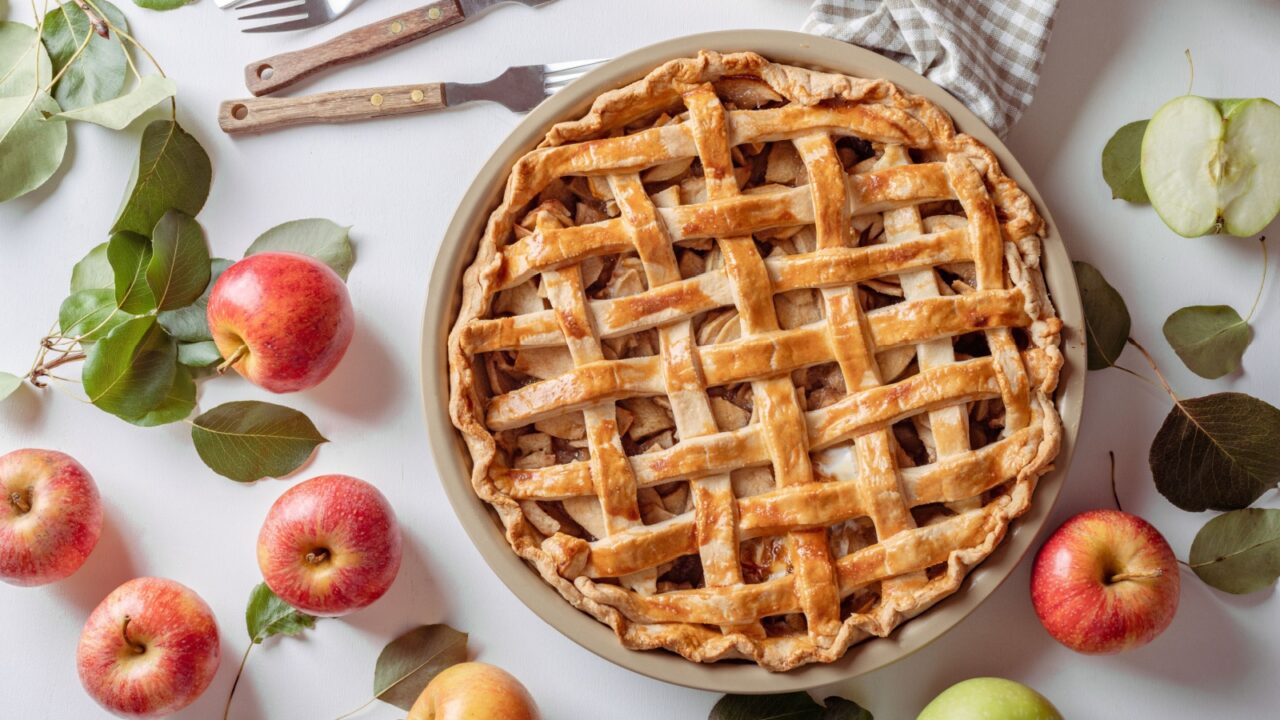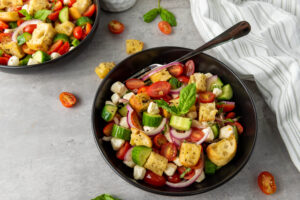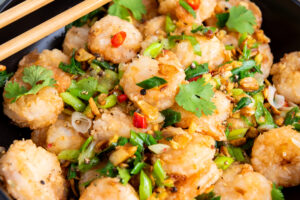Apples serve as a versatile ingredient in various baked creations, making them a staple in many kitchens. When it comes to baking, certain apple varieties excel over others, impacting the final outcome of dishes such as pies, cakes, and tarts.
Different types of apples offer unique textures and flavors, influencing their suitability for specific recipes. For instance, some apples maintain their structure during cooking, while others turn to a tender filling. Identifying the right apple for each baking application is essential to achieving the desired taste and texture.
Characteristics of Apples Ideal for Baking
When selecting apples for baking, three main factors come into play: flavor, texture, and baking stability. A suitable baking apple should be a blend of sweetness and tartness, enhancing the overall taste of the dish.
Key qualities include:
- Firm Texture: Helps maintain shape during cooking.
- Balance of Acidity: Tart apples provide contrast, while sweeter varieties boost overall sweetness.
Choosing apples with these attributes will lead to better tasting baked goods.
Differences Between Baking Apples and Eating Apples
The primary distinction between baking apples and those meant for eating is their sugar content, which significantly influences their flavor during baking.
Baking apples typically offer a tart taste, making them well-suited for desserts. These apples tend to have lower water content, resulting in firmer texture that helps them maintain their shape when subjected to heat. Ideal baking apples are characterized by their crispness and a perfect balance of sweetness and tartness, enabling them to withstand baking without becoming mushy. Varieties from wild apple trees often exhibit these qualities, making them excellent candidates for recipes.
Key characteristics of baking apples include:
- Tartness: This does not equate to sourness but refers to a balanced acidity that enhances baked goods.
- Lower Water Content: Contributes to firmer results, avoiding the unpleasant mushiness often found in baked dishes.
Additionally, many regional apple varieties can serve well in baking. Each type offers unique flavors, encouraging experimentation to discover the best fit for recipes like apple bread or cobbler. While all apples are edible, some varieties are particularly suited for high-heat baking, making selection essential for desired outcomes.
What types of baking apples should you use?
Granny Smith: Tart and firm
Granny Smith apples are recognized for their sharp tart flavor and solid texture. These green apples maintain their structure beautifully during baking, making them an excellent choice for pies and tarts. They are also a delightful addition to buttery scones.
Honeycrisp: Sweet and crisp
Honeycrisp apples offer a pleasing balance of sweetness and a slightly tart flavor, combined with a juicy, crisp texture. Their natural sweetness makes them suitable for an array of baked goods, including pies, tarts, and cakes. While they hold their shape in the oven, they tend to become softer due to their juiciness, making them ideal for dishes like baked apples and cobblers.
Gala: Firm and sweet
Gala apples are known for their crisp texture and sweet, fragrant flavor. They work well in recipes that benefit from a sweeter taste, such as muffins, cakes, and crumbles. Galas tend to bake up softer, enhancing the richness of apple-based dishes and providing moisture during the baking process.
Fuji: Firm, crisp, sweet
Fuji apples possess a sweet, aromatic flavor with a dense and crisp texture. Their natural sweetness shines in pies, where they maintain their form, preventing a mushy filling. Fuji apples are equally effective in dishes that require grated apples, such as cupcakes, and they perform well in crumbles and crisps, delivering a delightful sweetness.
The finest baked goods that showcase apples
Savory apple-based baking ideas
Baking with apples can extend into savory dishes as well. One excellent option is to slice apples for a fall hummus pizza or pair them with roasted sweet potatoes and ham on a sandwich.
Incorporating apples into bacon-wrapped pork chops cooked in a skillet offers a reliable choice for a cozy dinner. They also add flavor to a leek and cheddar soup, making it a warming selection on chilly days. Other savory delights include adding apples to a white chicken chili or stuffing them with turkey and sage.
For festive occasions, stuffing muffins featuring apples create a delightful side dish that serves perfectly alongside a holiday feast. The combination of sweet apples and savory components makes for an enticing harmony on the plate.
Sweet apple baking creations
A traditional apple crisp stands as a timeless favorite, but there are innovative ways to enjoy this dish, such as preparing it in an air fryer or as a single-serving microwave dessert.
Making applesauce or apple butter offers a rewarding weekend project, resulting in versatile ingredients for various sweet treats. Recipes like apple butter bacon scones, applesauce raisin cake, and apple butter rugelach benefit from these flavorful additions.
Apple butter also shines in savory meals, such as being brushed on roasted chicken for a comforting Sunday dinner.
Baking can also be a fun activity with children by preparing apple fritter muffins or apple cinnamon pretzel twists during apple season. For quick and easy fall desserts, apple streusel bread and cinnamon apple sugar cake provide enjoyable options that can be prepared with minimal effort.
What are the tips for baking with apples?
When baking with apples, selecting the right variety is crucial. Each type offers distinct flavors, textures, and acidity levels, impacting the final dish. It’s important to consider if a firmer apple is desired or if one that softens during baking is more suitable.
Peeling and coring apples isn’t mandatory, yet doing so can enhance the texture of baked items. For even cooking, apples should be cut into consistent slices or cubes.
To prevent browning after slicing, a sprinkle of lemon juice can be effective. Adjusting the amount of sugar and spices in a recipe is also possible, depending on the sweetness or tartness of the apples used.
For added complexity, mixing various apple types provides a richer flavor profile, making dishes more interesting. Utilizing these strategies can elevate apple-based baked goods to achieve optimal results.
Selecting the Finest Apple
Choosing the right apple involves understanding both the season and the apple’s physical attributes. Freshness and ripeness are key factors to consider.
- Seasonality: Apples in peak season tend to be sweeter and juicier. Off-season apples are often stored, which can diminish their flavor.
- Physical Condition: Look for apples that are firm to the touch. They should be free from blemishes, bruises, or signs of insect damage. A healthy apple ensures a better taste and texture.
- Aroma: A fragrant apple is usually a good indicator of ripeness. If the apple has a strong, sweet smell, it is likely fresh.
For those looking to preserve apples, canning or freezing are effective methods. Canned apples can be utilized in pies and sauces, while frozen varieties work well in various baked goods.
When it comes to baking, specific apple varieties can enhance recipes. Honeycrisp is frequently favored for its balanced sweetness and crunch. Combining different types, like Gala, Fuji, and Granny Smith, can create a more complex flavor profile.
In a baking context, the texture and flavor of the apples are essential. Selecting apples that offer the right balance can elevate desserts, making them truly delightful.
By keeping these tips in mind, selecting the best apples for any purpose becomes a more straightforward task, whether for immediate use or future enjoyment. Happy apple picking!




